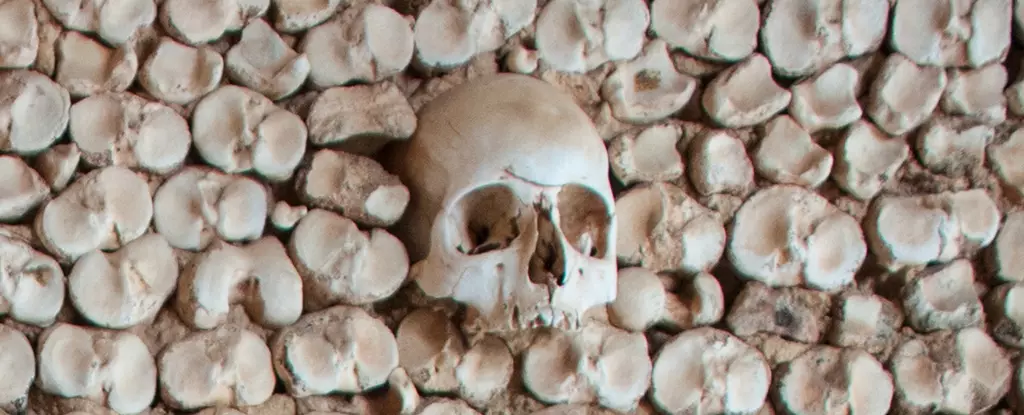The study of early human burial practices has unveiled compelling insights into the lives and cultures of our ancestors. Emerging evidence indicates that both Homo sapiens and Neanderthals engaged in the act of burying their dead approximately 120,000 years ago, primarily in the Levant region of western Asia. This overlapping timeframe prompts significant questions about the potential cultural interactions between the two species. Recent research sheds light on both the similarities and differences in their burial practices, providing a deeper understanding of the behavioral complexities of early humans.
Researchers from Tel Aviv University and the University of Haifa have analyzed 17 Neanderthal sites and 15 Homo sapiens sites, drawing conclusions about burial practices based on the physical evidence discovered at these locations. The geographical overlap and temporal proximity of these sites suggest a fascinating narrative of cultural dynamism. Notably, some of these burial sites predate other known Neanderthal and Homo sapiens burial sites in Europe and Africa, positing the Levant as a potential cradle for the development of burial customs. The study indicates that as these two groups inhabited the same regions, they may have competed for resources, which that could have spurred the emergence of burial practices as a way to carve out social identity or cohesion.
In understanding burial practices, researchers had to navigate the nuanced distinction between intentional burials and natural interments caused by the elements. They meticulously examined the positions of skeletons, the presence of grave goods, and signs of digging. Surprisingly, it emerged that both groups practiced burial across all age demographics, though Neanderthals showed a notably higher incidence of infant interments. The burial items found, which ranged from small stones to animal remains, reveal a shared acknowledgment of the importance of these grave goods in honoring the deceased.
Nonetheless, divergent practices quickly became apparent. Neanderthal burials predominantly occurred deeper within caves, perhaps reflecting their environmental adaptations and lifestyle. In contrast, Homo sapiens tended to favor cave entrances or rock shelters for burials, suggesting a different relationship with their surroundings. Furthermore, the positioning of the bodies also reinforced these distinctions: while Neanderthal skeletons exhibited a variety of poses, Homo sapiens showed a consistent trend toward fetal-like positions.
One of the more intriguing aspects of the burial practices lies in the types of items included with the remains. Neanderthals showcased a preference for utilizing rocks, potentially serving as rudimentary markers for the dead. This simplistic approach contrasts starkly with the more elaborate offerings noted amongst Homo sapiens, which often featured decorative ochre and shells—materials that highlight not only a sense of ritual but also an appreciation for aesthetics and symbolism that may not have been as pronounced in Neanderthal practices.
The study underscores that while Neanderthals and Homo sapiens shared core elements of material culture, their burial customs exhibited significant variance, suggesting deeper philosophical and existential differences between the two groups. This complexity prompts a reevaluation of what burial practices mean in a broader cultural context.
While demographic pressures such as resource competition undoubtedly played a role in the rise of these burial practices, the sudden emergence of such customs among both groups remains multifaceted and nuanced. The death of the Neanderthals around 50,000 years ago marked yet another shift in cultural practices. Interestingly, after this extinction event, human burials in the Levant ceased for tens of thousands of years—an anomaly that beckons further investigation.
The resurgence of burial practices at the end of the Paleolithic era, concurrent with the activities of the Natufians—who are considered among the last hunter-gatherers—signals an evolution in social structure and culture. This shift towards sedentism and layering of cultural practices opens up an exciting pathway for understanding the trajectory of human development in this crucial period.
The exploration of burial customs among early Homo sapiens and Neanderthals reveals a rich tapestry of shared practices interwoven with distinct cultural expressions. These differences not only mark the evolution of burial practices but also offer reflections on the complexities of human cognition, social identity, and adaptation. The past informs our understanding of modern societies, underlining how the rituals we engage in today are deeply rooted in the shared experiences of those who came before us. The journey to comprehend our ancient ancestors continues to intrigue and inspire, as each discovery brings us closer to understanding our collective human heritage.

